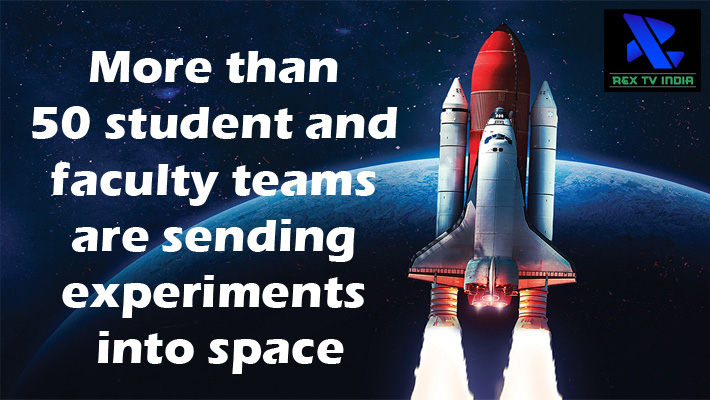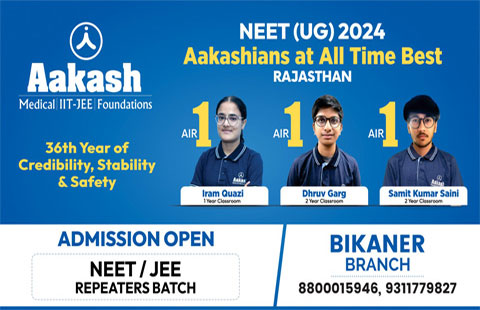Fri, 04 April 2025 03:14:08am
NASA to Launch Student Experiments from Wallops Flight Facility

Pioneering the Future of Space Exploration with Student Experiments
On June 20, a Terrier-Improved Orion sounding rocket will launch from NASA's Wallops Flight Facility in Virginia, carrying a multitude of student-designed experiments into space. This mission is part of NASA’s annual RockOn and RockSat-C student flight programs, which provide hands-on rocketry experiences to college and university students across the nation.
Key Points:
- Launch Date and Time: June 20, with a launch window opening at 5:30 a.m. EDT.
- Programs Involved: RockOn and RockSat-C.
- Number of Teams: More than 50 student and faculty teams.
- Objective: To give students practical experience in building and launching space experiments.
Pioneering the Future of Space Exploration with Student Experiments
The RockOn workshop introduces students to the fundamentals of rocketry, guiding them through the process of constructing and launching experiments aboard a sounding rocket. Chris Koehler, the principal investigator for RockOn, highlighted the program’s importance in fostering the next generation of STEM professionals. “RockOn provides students and faculty with authentic, hands-on experiences tied to an actual launch into space from a NASA facility,” Koehler said. “These experiences are instrumental in the creation of our next STEM workforce.”
Unique and Advanced Experiments
The rocket will also carry experiments from the RockSat-C program, which includes more sophisticated projects developed off-site by teams from six institutions. Each experiment reflects the unique research goals of the participating universities.
- Temple University: Experiments include X-ray spectrometry, muon detection, and magnetometry to study cosmic phenomena and atmospheric methane levels.
- Southeastern Louisiana University: The ION experiment will measure plasma density in the ionosphere, and the ACC experiment will record the rocket’s re-entry dynamics.
- Old Dominion University: The Monarch3D team will test a custom-built 3D printer in suborbital space.
- University of Delaware: Project UDIP-4 will measure ionospheric electron density and temperature, and develop CubeSat hardware for future missions.
- Stevens Institute of Technology: The Atmospheric Inert Gas Retrieval project aims to collect and analyze supersonic samples and test vibration damping materials.
- Cubes in Space: This project involves younger students aged 11 to 18, who design unique experiments housed in small payload cubes.
Inspiring the Next Generation
TJ Tomaszewski, the student lead for the University of Delaware, expressed pride in the team's achievements. “After countless hours of design, redesign, and coffee, the fact that we finished an experiment capable of going to space and conducting valuable scientific research makes me so proud of my team and so excited for what’s possible next. Everybody dreams about space, and the fact that we’re going to launch still doesn’t feel real,” Tomaszewski said.
This mission not only provides invaluable hands-on experience but also ignites the imaginations of students, inspiring them to pursue careers in science, technology, engineering, and mathematics. As these young scientists and engineers send their experiments into space, they take a crucial step towards becoming the innovators and explorers of tomorrow.
The launch from Wallops Flight Facility is a testament to NASA's commitment to education and the development of future leaders in the field of space exploration. As these student experiments soar into the skies, they carry with them the dreams and aspirations of a new generation ready to conquer the final frontier.




